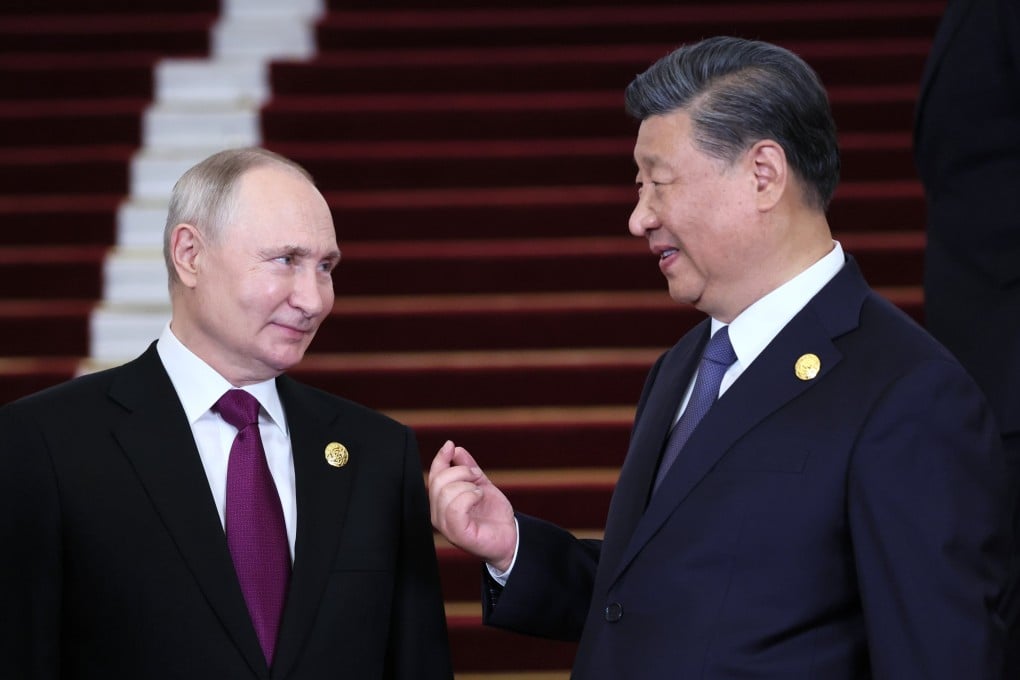Advertisement
Xi Jinping urges more sci-tech collaboration to further belt and road ambitions
- China’s president unveils a vision for the infrastructure strategy that could help other countries overcome Western restrictions
- Action plan includes harnessing markets and talent of participating countries to power scientific and technological advancement
Reading Time:3 minutes
Why you can trust SCMP
12

Science and technology were key features in China’s new action plan unveiled during the third Belt and Road Forum for International Cooperation in Beijing on Wednesday, as the host nation grappled with a growing list of export curbs on key technologies from Western countries.
Chinese President Xi Jinping suggested that his vision for the Belt and Road Initiative could offer a pathway to overcome such challenges to achieve technological and innovation ambitions, adding that China is against “unilateral sanctions” and supply chain disruptions.
During his speech, Xi stressed the importance of “advancing scientific and technological innovation” through cooperation with other belt and road partners.
Advertisement
The action plan – an eight-point vision for the infrastructure scheme – includes harnessing the markets and talent of participating countries to power their technological advancement.
“The cutting-edge technologies that China desires to develop the most now cannot be achieved through the Belt and Road Initiative,” a scientist from the Chinese Academy of Science, who requested not to be named, told the Post. However, he added that Xi’s new action plan could help overcome current challenges.
Advertisement
China is focused on applying its technology and experiences to other nations; but feedback from these markets, in return, could enhance its own technological level, the scientist said.
Advertisement
Select Voice
Choose your listening speed
Get through articles 2x faster
1.25x
250 WPM
Slow
Average
Fast
1.25x